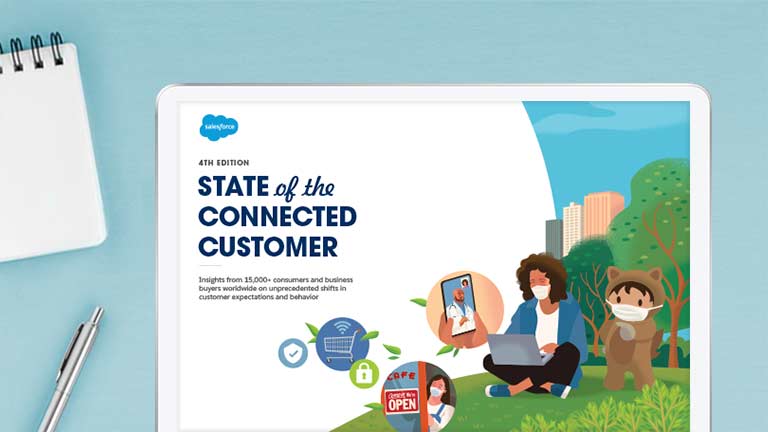New Research Shows Consumer Goods Route-to-Market Strategies Get a Digital Makeover
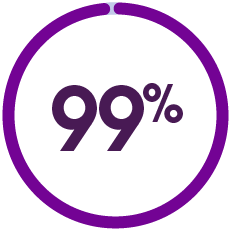
Where is the B2B route to market headed?
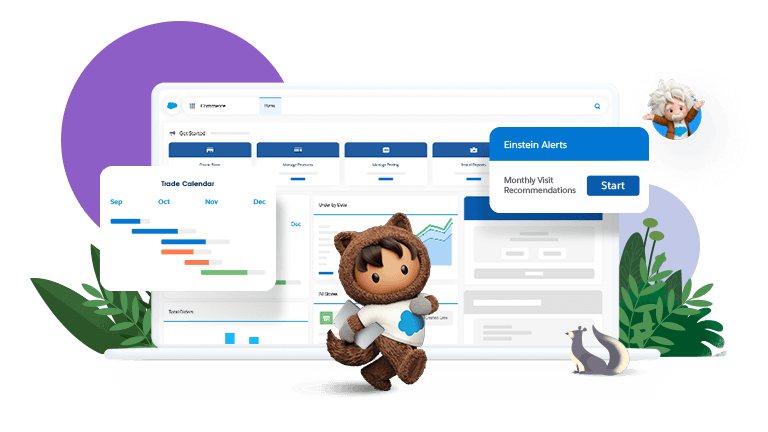

Stop-gap digital investments drive industry-wide maturity
Ninety-nine percent of CG companies accelerated digital transformation in the B2B route to market. What was even more astounding was the pace at which it all happened. In just a handful of months, 43% of CG leaders expedited digital investments that were once scheduled as far out as two to five years. They prioritized investments in:
- Account management
- Retail and field execution
- B2B digital commerce
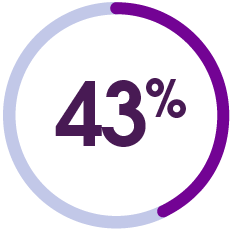
The impact of these investments on the bottom line speaks for itself. Most CG companies reported that the B2B route-to-market investments they made impacted 11%–50% of their total company revenue.
CG companies that rethink their trade spend strategy are in an even stronger position to grow margins. After all, trade spend is a huge piece of the budget pie — in fact, it’s second only to cost of goods sold on the P&L. But according to Deloitte, 60% of promotions go unevaluated thanks to a lack of analytical firepower. Digitizing trade spend management gives CG companies the insights they need to understand what works and what doesn't. That’s important, because 40% of CG companies that increased trade spend by 10% saw more than a 25% increase in sales growth. (On the flip side, 20% of those that cut back on investing by as little as 5% saw a significant sales decline of 20%.)

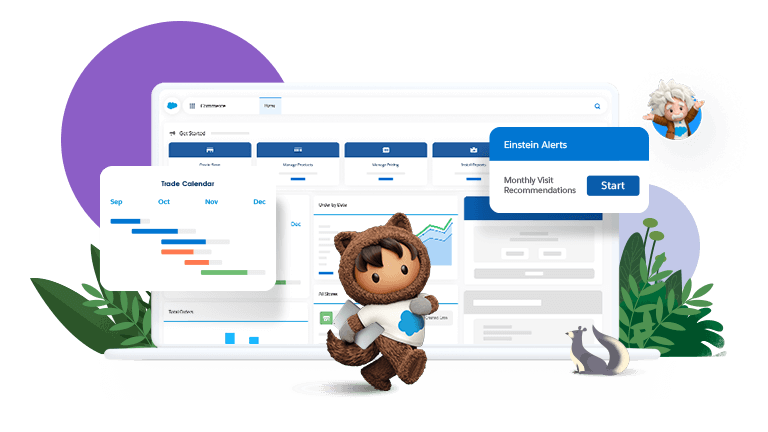
Virtual account management and field execution are here to stay
CG leaders realize that virtual engagement in account management and field execution is not just a short-term solution for physical distancing. It has shown proven business impact.
Digitization in account management enables sales reps to maintain relationships with key accounts and increase collaboration with customers, which drives growth. Consider that 73% of CG leaders who said their company implemented telesales prior to the pandemic saw 25% growth. Those that invested in digital customer service channels like chatbots and mobile also saw big returns. This signals that companies that embraced digital and enabled a true omni-channel customer experience were better positioned — and saw less disruption — in their core business.
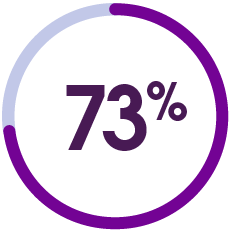
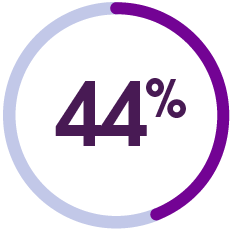

Investments in B2B digital commerce helps CG companies expand relationships
While the rapid adoption of B2C commerce in CG made headlines, there was a turning point for B2B digital commerce as well. CG companies that set up B2B digital commerce capabilities during the pandemic enabled the vast ecosystem of manufacturers, distributors, and large retailers to browse products, receive quotes, and make large purchases online.
In fact, 80% of all B2B organizations are moving or have moved to digital commerce. Looking closer at the data, nearly half (48%) implemented self-service B2B digital commerce solutions in 2020.
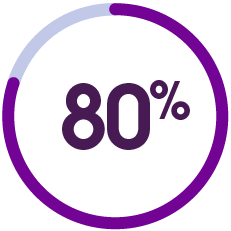
B2B digital commerce solutions help CG companies build stronger relationships with customers, whether they are large-scale retailers or mom-and-pop shops. Customers log in to a B2B storefront through an authenticated portal to review products, place routine orders, get recommendations for other products based on store-specific demographics, split payments, and more. CG companies can also bring a personalized B2C-like experience to their B2B buyers through the site, resulting in higher brand affinity and repeat sales.
Digital marketing targeted to B2B customers is also on the rise. Eighty-three percent of companies that grew revenue at least 5% increased their digital marketing spend.
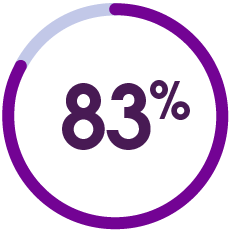
B2B digital acceleration transforms the route-to-market strategy
The mass adoption of digital technology in the B2B route to market has transformed the playing field — and it will only continue to evolve. As CG leaders look at what’s on the horizon, they have an incredible opportunity to deliver additional growth across the route to market.
To learn more about the trends impacting the B2B processes consumer goods brands are employing to get product to partners and distributors, read the report Consumer Goods and the Great B2B Digital Acceleration.
More resources

Integrate the Consumer Goods Route to Market to Accelerate Growth

Integrate the Route to Market
